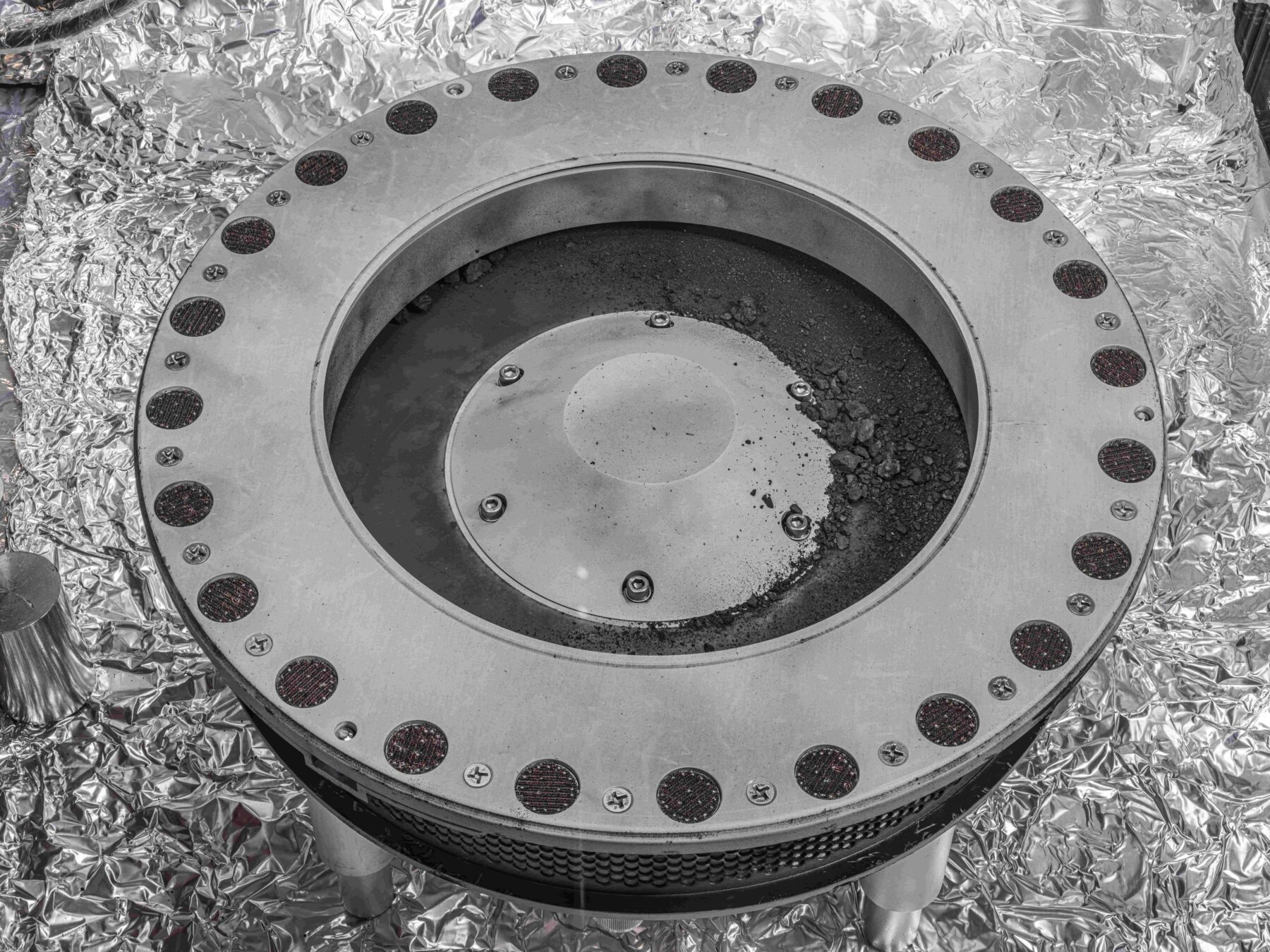Surface particles collected from the Bennu asteroid delivered by the OSIRIS-REx mission showed evidence of high-carbon content and water, which together could be considered as the building blocks of life, said NASA. Asteroid Bennu is about 4.5 billion years old, as it may provide evidence for the formation of the Earth and life. The confirmation was based on the preliminary analysis by the OSRIS-REx team.
Bennu’s samples are the first-ever carbon-rich sample from an asteroid analyzed on Earth. The OSIRIS-REx mission collected about 60 grams of asteroid samples from Bennu, which is currently under study at NASA’s Johnson Space Center, Houston.
Read More| Cryosleep – A Science fiction’s possibility in the future
The initial analysis took place within weeks using X-ray diffraction, Scanning Electron Microscopy (SEM), and infrared measurements. These produced the 3D computer model of the particles which gave an idea about internal and external structure. This analysis gives the initial data about carbon content and water.
As we peer into the ancient secrets preserved within the dust and rocks of asteroid Bennu, we are unlocking a time capsule that offers us profound insights into the origins of our solar system.
Dante Lauretta, OSIRIS-REx principal investigator, University of Arizona, Tucson.
Subscribe to get access
Read more of this content when you subscribe today.
The rich carbon content and water-bearing clay minerals can provide more information about planetary evolution in future research and analysis. In a coming couple of years, the mission’s science team will undergo characterization and analysis of the samples. NASA will preserve the samples for future generations of scientists for further analysis and research.
Report: Achuth B S
Updated:




![Good Laboratory Practice (GLP) - Overview [PDF]](https://i0.wp.com/www.biotechreality.com/wp-content/uploads/2023/10/GLP_Cover-min.png?fit=640%2C360&ssl=1)


